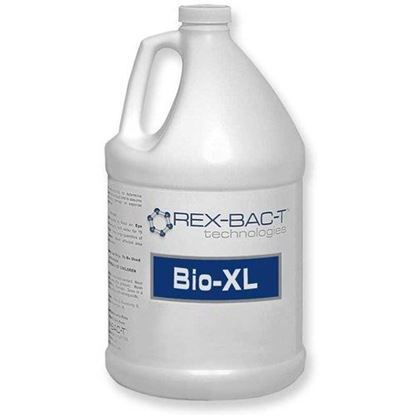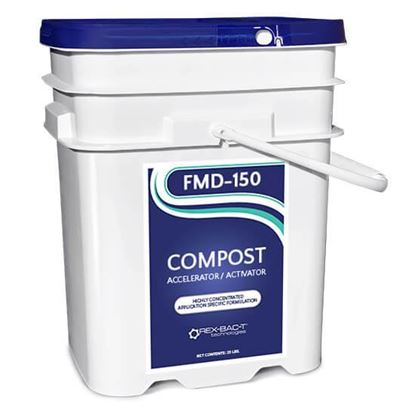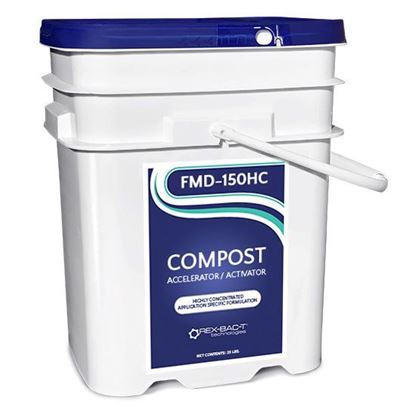
Composting Process

Composting Process
Composting is the process of producing compost through aerobic decomposition of biodegradable organic matter. The decomposition is performed primarily by aerobes, although larger creatures such as ants, nematodes, and oligochaete worms also contribute.
Composting is the controlled decomposition of organic matter. Rather than allowing nature to take its slow course, a composter provides an optimal environment in which decomposers can thrive. To encourage the most active microbes, a compost pile needs the correct mix of the following ingredients:
- Carbon
- Nitrogen
- Oxygen
- Water

GOAL OF COMPOSTING: Decomposition happens even in the absence of some of these ingredients, but not as quickly or as pleasantly, typically resulting in malodors. The goal in a composting system is to provide a healthy environment and nutrition for the rapid decomposers, the bacteria. The most rapid composting occurs with the ideal carbon to nitrogen ratio of between 25 and 30 to 1 by dry chemical weight. In other words, the ingredients placed in the pile should contain 25 to 30 times as much carbon as nitrogen. For example, grass clippings average about 19-to-1 and dry autumn leaves average about 55-to-1. Mixing equal parts by volume approximates the ideal range. Commercial-grade composting operations pay strict attention to this ratio.
MATERIALS FOR COMPOSTING: Given enough time to die, all biodegradable material will compost. However, not all compost feed stocks are appropriate.
High-carbon sources provide the cellulose needed by the composting bacteria for conversion to sugars and heat, while high-nitrogen sources provide the most concentrated protein, which allow the compost bacteria to thrive.
Some ingredients with higher carbon content:
- Dry, straw-type material, such as cereal straws
- Autumn leaves
- Sawdust and wood chips
- Some paper and cardboard (such as corrugated cardboard or newsprint with soy-based inks)
Some ingredients with higher nitrogen content:
- Green plant material (fresh or wilted) such as crop residues, hay, grass clippings, weeds
- Animal manures (choose vegetarian horse manure, cow manure, llama manure, etc.)
- Fruit and vegetable trimmings
- Seaweeds
- Used Coffee grounds
Poultry manure provides lots of nitrogen but little carbon. Horse manure provides both. Sheep and cattle manure don't drive the compost heap to as high a temperature as poultry or horse manure, so the heap takes longer to produce the finished product.
Mixing the materials as they are added increases the rate of decomposition, but it can be easier to place the materials in alternating layers, approximately 15 cm (6 in) thick, to help estimate the quantities. Keeping carbon and nitrogen sources separated in the pile can slow down the process, but decomposition will occur in any event.
COMPOSTING TECHNIQUES: There are a number of different techniques for composting all employing the two primary methods of aerobic composting:
- Active (or hot) composting, which allows the most effective decomposing bacteria to thrive, kills most pathogens and seeds, and rapidly produces usable compost
- Passive (or cold) composting, which lets nature take its course in a more leisurely manner and leaves many pathogens and seeds dormant in the pile
Composting systems are also either enclosed (industrial in-vessel composting) or in piles (industrial windrow composting).

MICROBES AND HEAT PILE: An effective compost pile is kept about as damp as a well wrung-out sponge. This provides the moisture that all life needs to survive. Bacteria and other microorganisms fall into a variety of groups in terms of what their ideal temperature is and how much heat they generate as they do their work. Mesophilic bacteria enjoy midrange temperatures, from about 20 to 40 °C (70 to 110 °F). As they decompose the organic matter, they generate heat, and the inner part of a compost pile heats up the most.
The heap should be about 1 m (3 ft) wide, 1 m (3 ft) tall, and as long as is practicable. This provides a suitable insulating mass to allow a good heat build-up as the material decays. The ideal temperature is around 60 °C (140 °F), which kills most pathogens and weed seeds and while providing a suitable environment for thermophilic (heat-loving) bacteria, which are the fastest acting decomposers. The center of the heap can get too warm, possibly hot enough to burn a bare hand. If this fails to happen, common reasons include the following:
- The heap is too wet, thus excluding the oxygen required by the compost bacteria
- The heap is too dry, so that the bacteria do not have the moisture needed to survive and reproduce
- There is insufficient protein (nitrogen-rich material)
The solution is to add material, if necessary, and/or to turn the pile to aerate it.

Depending on how quickly the compost is required, the heap can be turned one or more times to bring the outer layers to the inside of the heap and vice versa, as well as to aerate the mixture. Adding water at this time helps keep the pile as damp. One guideline is to turn the pile when the high temperature has begun to drop, indicating that the food source for the fastest-acting bacteria (in the center of the pile) has been largely consumed. When the temperature stops rising after the pile has been turned, there is no further advantage in turning the pile. When all the material has turned into dark brown or nearly black crumbly matter, it is ready to use.
OTHER INGREDIENTS: A light dusting of agricultural lime (not on the animal manure layers) can curb excessive acidity that can slow down the fermentation. Seaweed meal can provide a ready source of trace elements. Finely pulverized rock (rock flour or rock dust) can also provide needed minerals, as opposed to clay (which is trace mineral-poor and/or leached rock dust).








